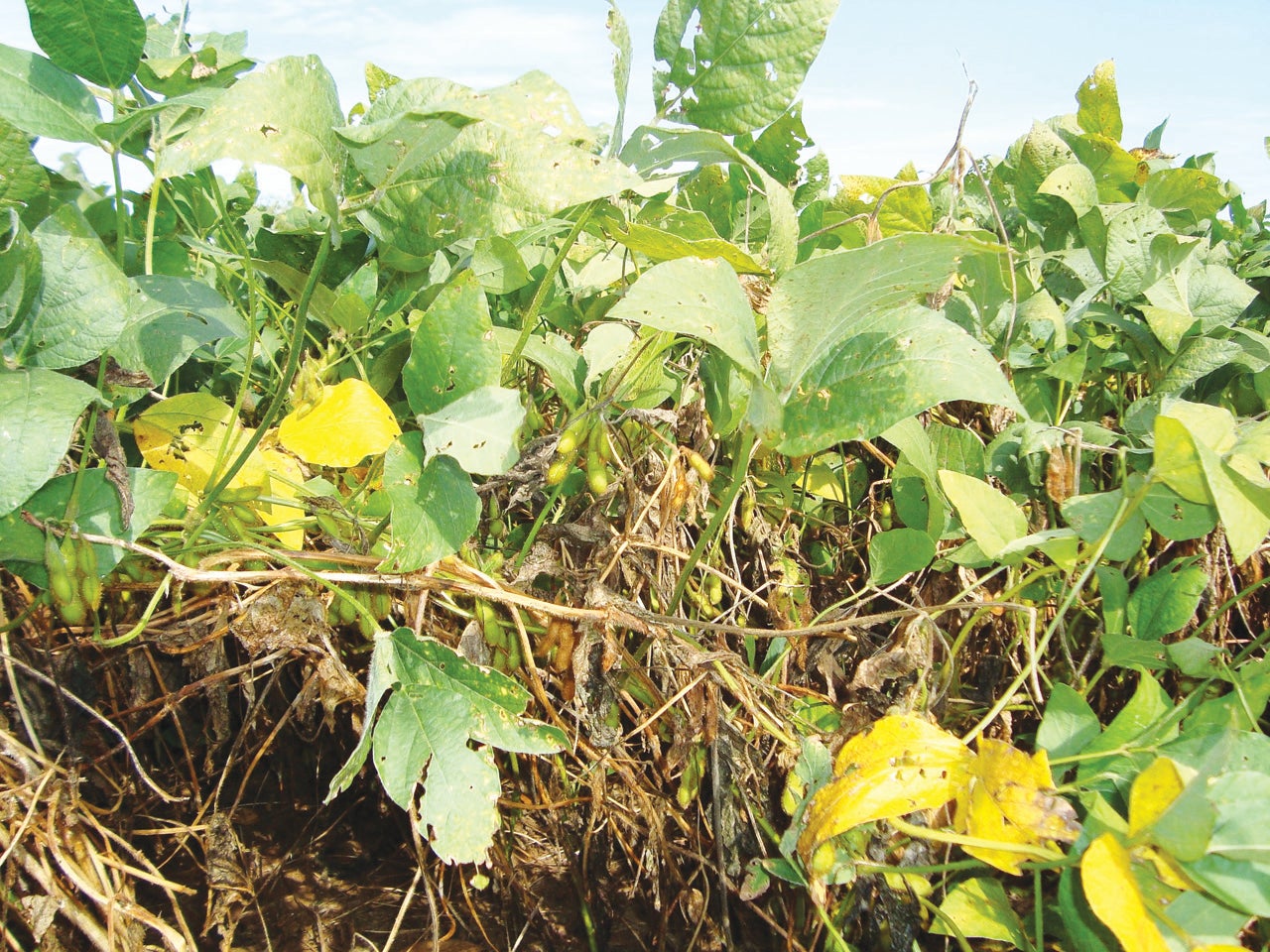More bad news for soybeans: Farmers already impacted by tariffs get hit again with rainy weather
Published 6:09 am Tuesday, October 23, 2018

- Public domain
Although the jury is still out on exactly what it will mean for production and price, farmers are already feeling the damage caused by not only some warmer than average summer months, but a record wet summer and early fall.
Higher than average heat indexes combined with some of the highest-ever recorded September rainfalls in some areas, including flash flooding issues, created a new set of worries for soybean farmers.
Just as some of the national news had started to calm about China’s soybean tarifs wreaking havoc on Kentucky’s top-crop farmers — soybeans bring in $992.2 million a year, based on 2017 information from the U.S. Department of Agriculture — early fall brought its own set of issues.
“The tremendous amount of rain and heat really worked on crops, impacting crop issues,” Barry Welty said. He’s a seed consultant with Caverndale Farms in Boyle County.
Basically, he said, they’re seeing more damage with soybeans than they are in corn, another crop also experiencing some issues from the weather.
Welty said the heat causes the sutures — where the bean comes together — on the soybean pods to weaken, making the beans pop out. “We had that 90-degree heat, plus all the humidity made them constantly fluctuate,” he said, causing them to swell and then shrink. Farmers lose those beans because they fall off the plant and never make it into the combine.
“As far as soybeans, they have to be harvested when they’re under a certain percentage of moisture,” said Drew Reynolds, owner of Elite Agronomics and Consulting LLC and a nationally and state-certified crop consultant. Anything over 13-14 percent moisture content will cause farmers to get “docked at the elevator” — in other words, they’ll get less money for their beans.
“We’ve let a lot of the crop dry, but we need a string of warm, sunny, windy days to get them dry enough to cut,” Reynolds said. “We haven’t had days like this in the last month and a half … you can see how quality is declining daily for farmers.”
Welty said there’s also been other factors. “We had mold damage and a combination of a lot of other diseases,” he said, which have reduced the quality of the bean. A lot of the diseases are in the soil and on the residue.
“We kind of had the perfect storm,” Welty said. Heat and moisture cause an increase in diseases being more prevalent than normal.
“And what’s saved gets down to quality issues — are they going to be damaged enough to be rejected from the market? “ Welty said.
Reynolds said fungi diseases are “really affecting quality in the field.”
“Ultimately what happens is when we have depressed pricing, we’ve had good yields and poor price support — now we’ve got a poor quality,” he said. “It’s a double-whammy … dockage due to the quality, and due to the insect pressure that came along with that earlier in the summer. In the grand scheme of things, now that we’ve got this fungus issue, left over from summer, those diseases are advancing in the fields due to environmental conditions. That is a big problem with the soybean.”
Welty said when because of all this cloudy, rainy weather, the beans haven’t matured as they normally would.
“They don’t have the sunshine to finish that up. Usually September and October are the two driest months, and I believe we’ve set records for highest rainfalls,” Welty said.
He said there’s been some damage to corn crops, as well. Some sprouting on corn ears has happened, as well as some diseases.
Reynolds said, “We’ve got a lot of ear mold standing corn in the field,” Reynolds said. “… quite a bit.”
Welty said getting back into the 60s and 70s for a few days could help with crop quality.
Due to soybeans just being harvested, which is late, Reynolds said now there will be a rough start to cereal grain crops. Due to the weather, a lot of farmers haven’t been able to get their soybeans and corn in, so they can’t get a lot of their fields cleared and ready for winter crops.
— “The optimal window in this region of Kentucky to plant those is anywhere from around Oct. 10, 15 to Nov. 1 … We’ll have delayed planting, which will be tough to get winter crops in and get them started.”
“It’s not just central Kentucky,” Welty said of the soybean problem. “It goes from Louisiana all the way to Virginia.”
Welty said it’s too early to tell what farmers’ loss will be. “But any time you have a delayed harvest, you lose yield and quality.”
“It’s been challenging, and makes it a very difficult year for the farmer,” Reynolds said.




